Getting PRP in Bangkok, Thailand; My Experience
Getting PRP in Bangkok was my last chance. Cheap, quick, easy, and the future. What is it? Kinda like cheap steam cells, but using your own blood. It’s pretty epic. Check out my experience below.
As you guys know, I recently climbed Mount Everest in my bid to be the first person ever to complete the ULTIMATE EXPLORERS GRAND SLAM (every country, 7 summits, both poles). I trained for almost a whole year for Everest and my body was hurting. Then 2 months on the mountain itself, and my body is a wreck.
I got a slap-lesion tear in my shoulder in the months leading up to Everest but couldn’t operate as I wouldn’t recover in time for the climb. Combine that with a horrific knee injury in a big motorbike crash in Thailand where I should have died, and I’m not in a good state.
I have another climb, my 7th and final summit, in Antarctica in December so I need to start training again. So what could I do to heal quickly? Step forward, PRP.
I’ve been hearing about Tiger Woods, Lebron James and other rich, sporting people getting PRP. Then my buddy Anthony did it, and raved about the results. So finally I took the plunge. I found a place in Bangkok for PRP, and did it. How was it? Let’s have a look.
Table of contents
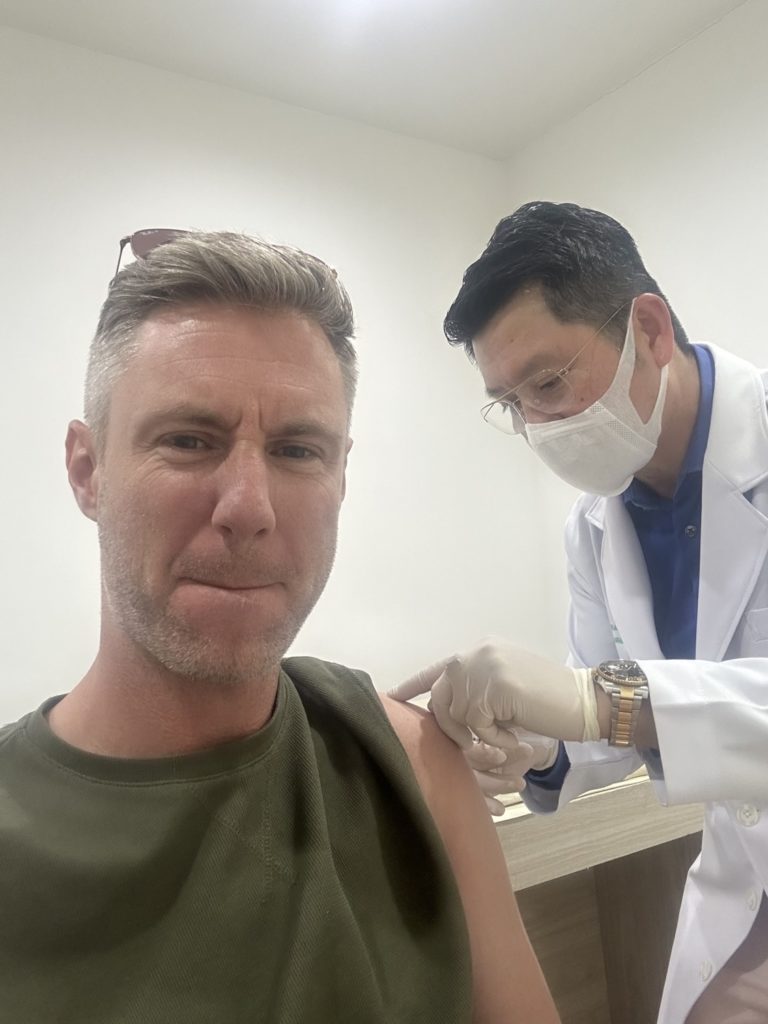
First though, What is PRP?
PRP, or Platelet-Rich Plasma, is a cutting-edge medical treatment that utilizes the patient’s own blood to promote healing and regeneration. It involves extracting a small amount of blood from the patient and then separating the platelet-rich plasma from other components through a process called centrifugation. The resulting PRP is a concentrated solution of platelets, growth factors, and other beneficial proteins.
How Does PRP Work?
Once PRP is prepared, it can be injected into the targeted area, such as the scalp, face, joints, or injured tissues. The high concentration of platelets and growth factors in PRP helps stimulate tissue repair and regeneration by promoting cell proliferation, angiogenesis (formation of new blood vessels), and collagen synthesis. These processes contribute to the body’s natural healing mechanisms and can lead to improved tissue health and function.
Benefits of PRP
PRP offers several benefits as a treatment modality. Firstly, it is derived from the patient’s own blood, minimizing the risk of adverse reactions or complications. Additionally, PRP is a natural and holistic approach that stimulates the body’s own healing mechanisms, making it a favorable option for those seeking non-surgical and non-invasive treatments. PRP can also be used in conjunction with other therapies to enhance their effectiveness and accelerate healing.
Getting PRP in Bangkok; My Experience
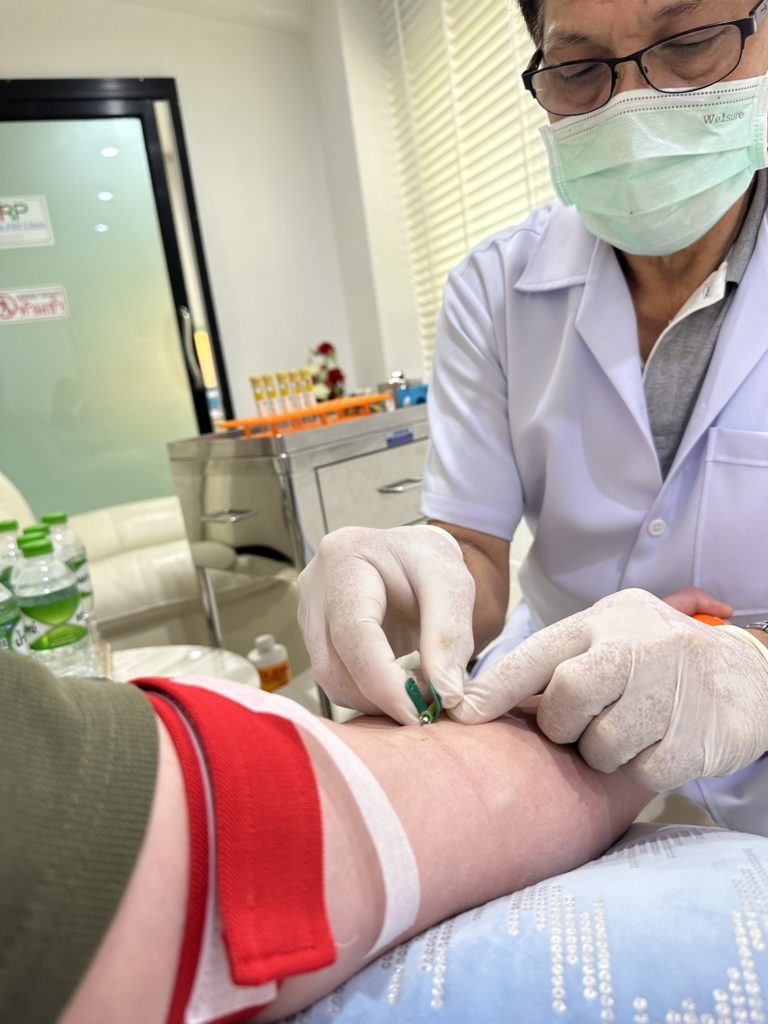
Getting PRP is becoming quite popular in the Western World, and now in Thailand too. Although most places use it for hair-loss and beauty treatments, it was originally used for injuries. Which is what I need it most for. I explain more about how it works above, but basically they take your blood. You wait 30 minutes while they spin it in a centrifuge machine, they get the good stuff, then they inject the good stuff into your area of concern. So for me, my day went like this.
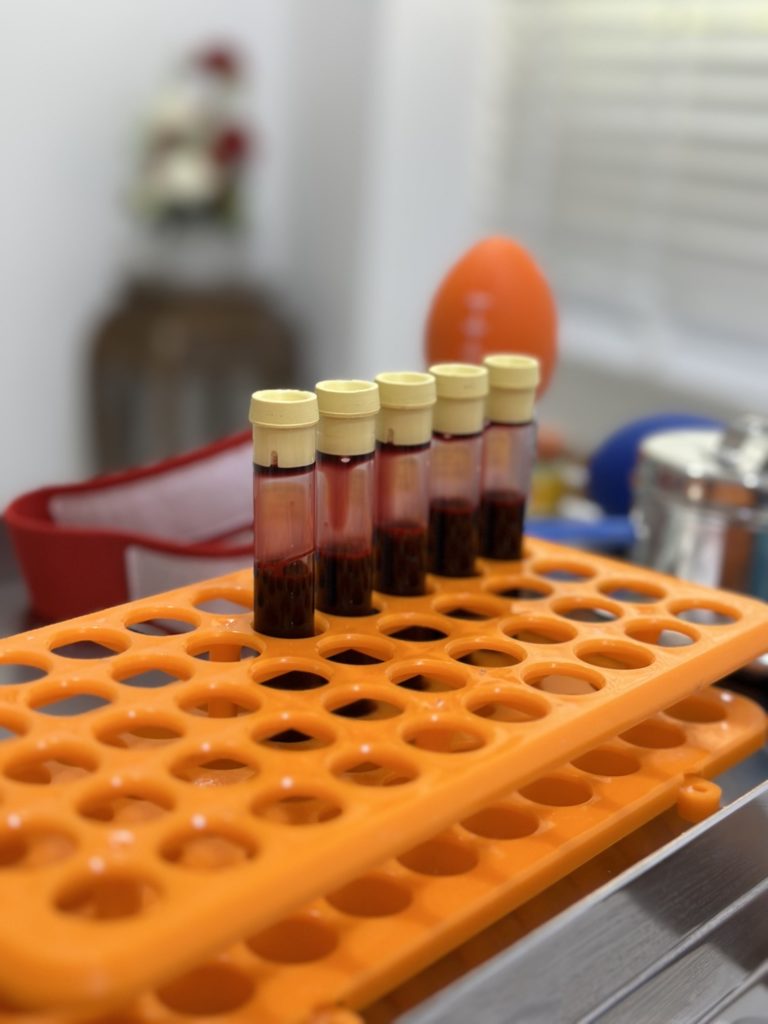
I woke up and hopped in a Grab (Thailand’s uber). 20 minutes later I ended up in a kind-of luxury house converted into a medical centre, in the north of Bangkok. The receptionist greeted me, offered me coffee and water and I sat down and registered with my passport.
Next, I met the doctor. I explained all my various issues and injuries. He examined me. We agreed the best course of action is PRP to the shoulder and also to both knees. Ok cool. From there, I go outside and 2 minutes the technician takes blood from me. 5 vials.
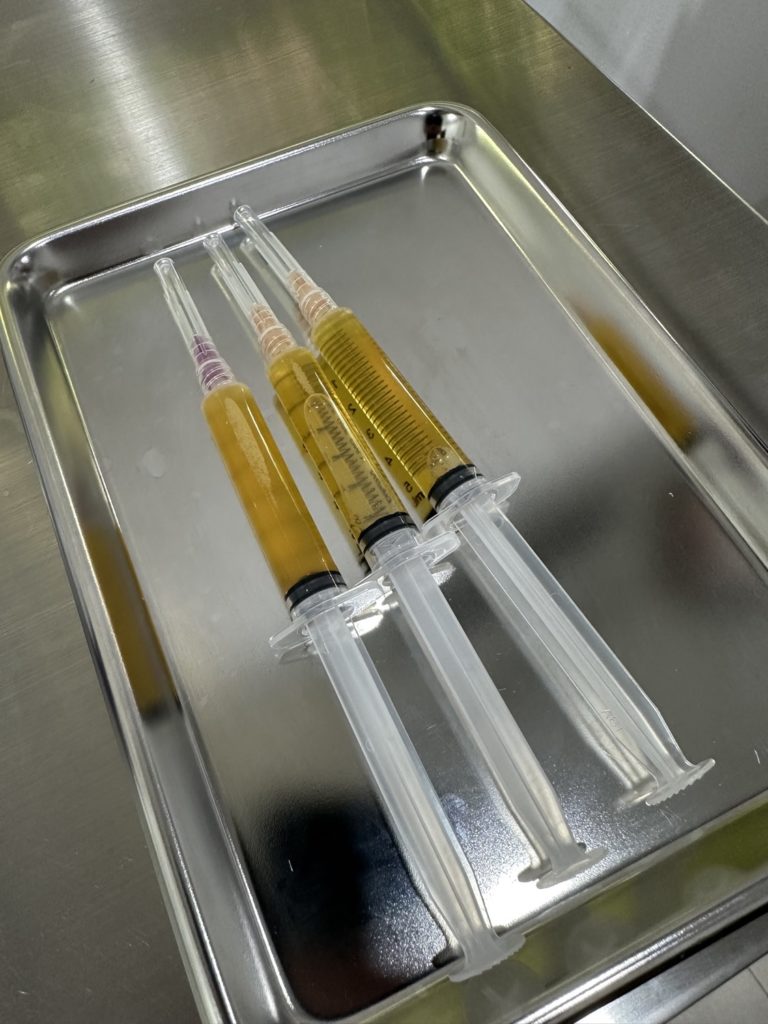
I wait in the waiting room for 20-30 minutes while they spin the blood and then get recalled to the doctors office. They took far less plasma than normal as my bloody was so high in red blood cells due to being at altitude for so long! But they had enough thankfully.
From there it was pretty simple. A small injection with anaesthetic in my shoulder, then 3 PRP injections in different angles to my shoulder. I then hopped on the bed, same thing. Anaesthetic then 3 injections. Both knees.
They brought me outside to a big comfy lazy boy chair, pulled up the legs, added icepacks to my knees and shoulders. More water, more coffee. Chill for 10 minutes or so. Then I was done.
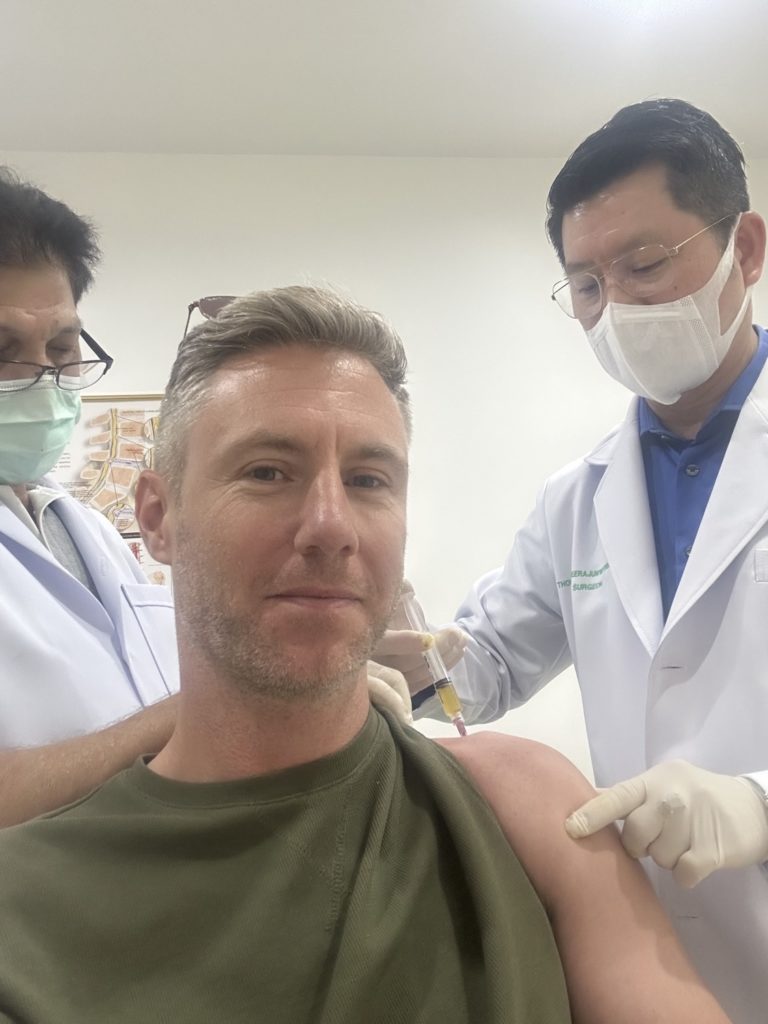
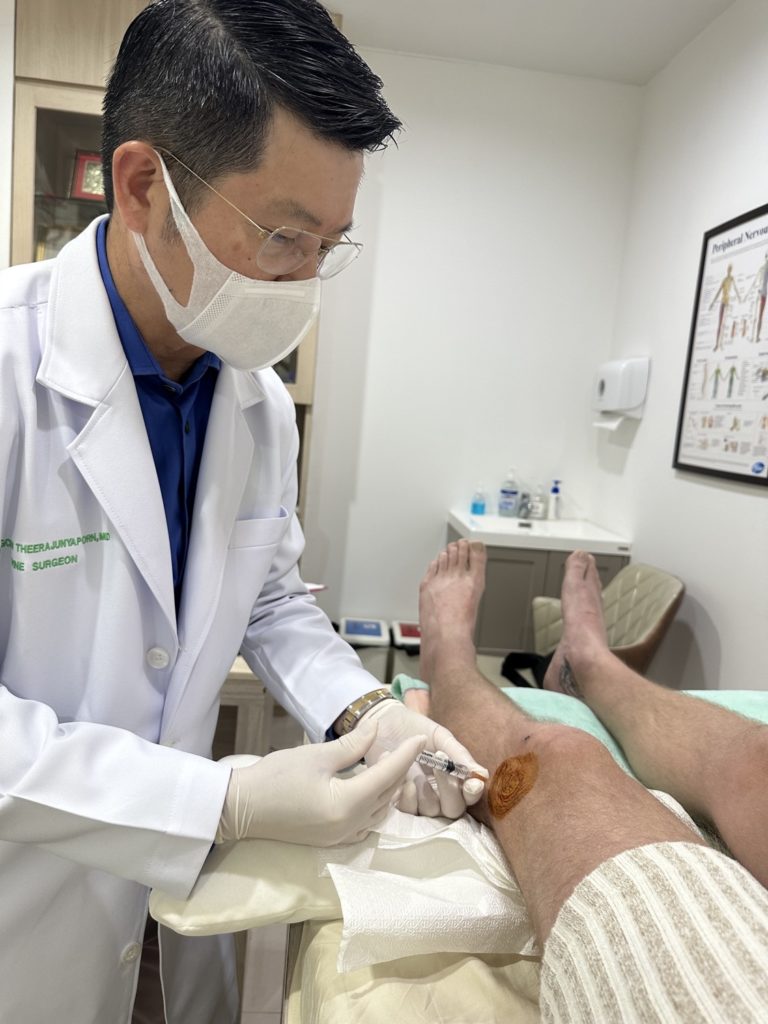
How long until the results? I have to wait a week before I can train again. Then we’ll see. My shoulder is quite serious so I think I’ll probably need a 2nd and maybe a 3rd injection. But the IT band issue in my left knee is fixed, after MONTHS of it hurting. CRAZY! And my right knee is much more mobile now. The injections were 5 days ago. It’s insane really.
So, PRP. Wow. As long as business is ok, I’ll continue to get PRP pretty regularly. And if my wife has her way, I might even crack and get it to make myself more youthful too! If you have any niggles, I would say get this done ASAP. It’s amazing.
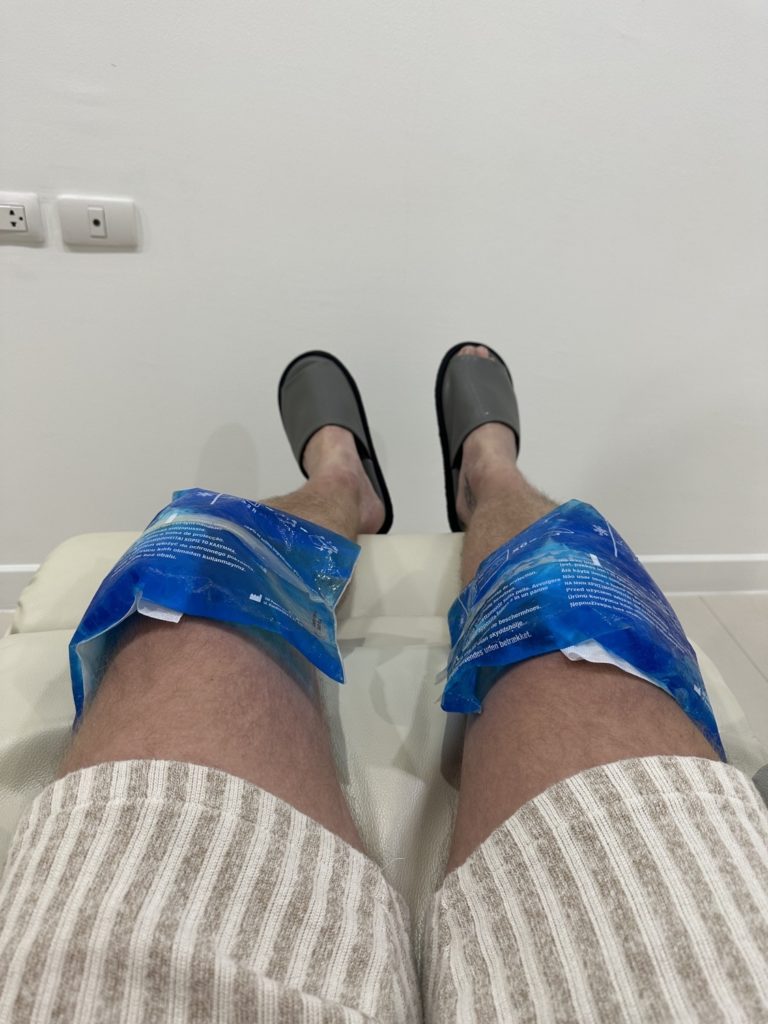
Where to get PRP in Bangkok?
The best place for PRP in Bangkok is the ‘BANGKOK PRP CLINIC‘. Most of the expensive hospitals also offer PRP treatment BUT DON’T GO THERE.
For 2 reasons, firstly they are twice the price! Secondly, they use nurses to inject the PRP whereas Bangkok PRP Clinic uses an expert orthopedic doctor to do the treatment.
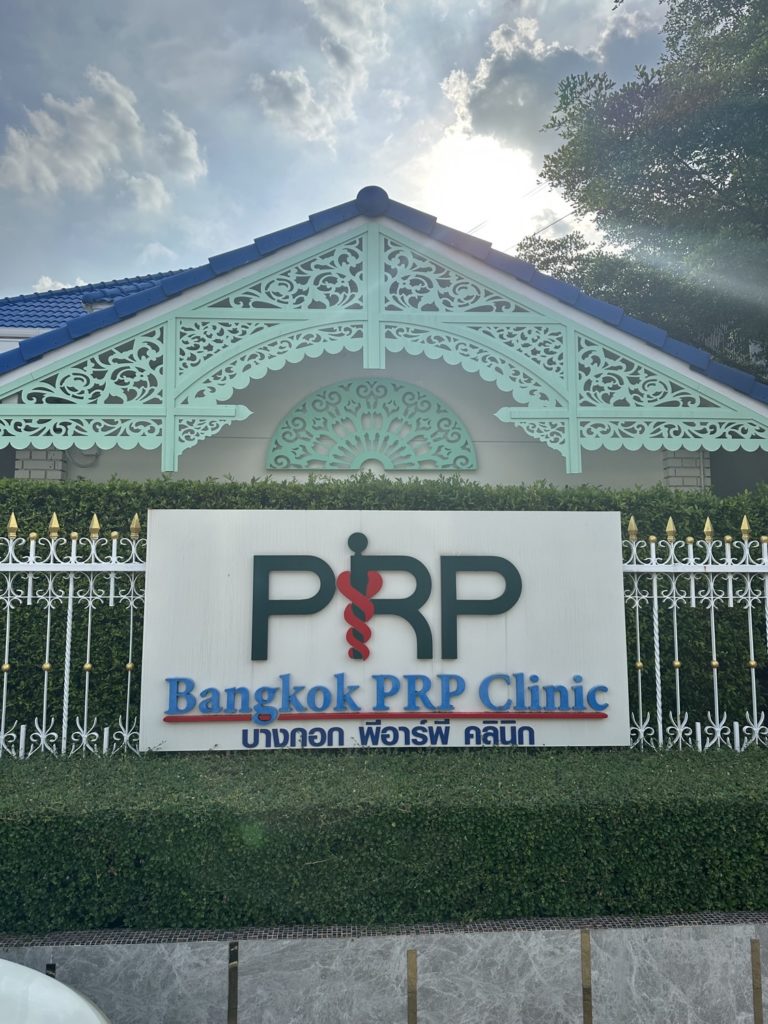
How much does PRP cost in Bangkok, Thailand?
In the UK/Ireland, it can be as much as $500 A SHOT. Wow. In Thailand, the prices tend to start around 6000THB+, up to 15,000THB ($500) in the expensive hospitals.
At Bangkok PRP it’s 5,900THB as a promotional price normally. Much better value!
Where is the Bangkok PRP Clinic?
It’s in the north of Bangkok, about a 20 minute taxi ride, $5, from the city centre (you can see on the google map below, I used ‘Asoke’ as the city centre).
Common Applications of PRP
PRP is used for loads of different stuff as I mentioned, here’s a list of the things that PRP can do:
PRP for Sports Injuries
This is what I am using it for! Athletes often face injuries that can hinder their performance and recovery. PRP therapy has gained popularity in the sports medicine field as it can accelerate healing and improve outcomes for sports-related injuries. When PRP is injected into damaged tendons, ligaments, or muscles, it promotes tissue regeneration, reduces inflammation, and enhances the healing process. This can help athletes get back on their feet faster and return to their sport with improved functionality.
PRP for Hair Loss
Hair loss can be distressing for both men and women. PRP has emerged as a promising treatment for hair loss, as it can stimulate hair follicles, promote hair growth, and improve hair thickness and quality. The growth factors present in PRP nourish the hair follicles and increase blood supply to the scalp, thereby rejuvenating dormant hair follicles and preventing further hair loss.
PRP for Facial Rejuvenation
As we age, our skin loses elasticity and develops wrinkles and fine lines. PRP can be used in facial rejuvenation procedures to stimulate collagen production, enhance skin elasticity, and improve skin texture and tone. The growth factors in PRP can promote tissue regeneration and improve the appearance of wrinkles, acne scars, and sun-damaged skin.
PRP for Joint Pain
Joint pain and osteoarthritis can significantly impact one’s quality of life. PRP injections into affected joints can help reduce pain, inflammation, and stiffness. The growth factors in PRP facilitate tissue repair, reduce cartilage degradation, and promote the formation of new cartilage, which can alleviate joint pain and improve joint function.
PRP for Wound Healing
Chronic wounds or non-healing ulcers can be challenging to treat. PRP has shown promising results in promoting wound healing by providing growth factors and other healing properties to the affected area. When applied topically or injected into the wound, PRP can stimulate cell migration, angiogenesis, and tissue regeneration, leading to improved wound closure and reduced risk of complications.
PRP for Sexual Dysfunction
PRP is also being explored as a potential treatment for sexual dysfunction, particularly in men with erectile dysfunction (ED) or women with sexual arousal disorders. By injecting PRP into the genital area, it can stimulate blood flow, tissue regeneration, and nerve rejuvenation, which may enhance sexual function and improve overall sexual satisfaction.
PRP Treatment Process
I outlined this in my experience too, it’s pretty simple. 5 steps really. All-in-all takes about an hour.
The PRP treatment process typically involves several steps:
- Consultation: The patient consults with a qualified healthcare professional who will assess their condition and determine if PRP therapy is suitable for them.
- Blood Collection: A small sample of the patient’s blood is taken.
- Centrifugation: The blood sample is placed in a centrifuge, a machine that spins it at high speeds to separate the PRP from other blood components.
- PRP Preparation: The concentrated PRP is carefully extracted and prepared for injection.
- Injection: The PRP is injected into the targeted area, guided by imaging techniques or the healthcare professional’s expertise.
- Recovery and Follow-up: Patients may experience mild discomfort or swelling at the injection site, but it usually subsides quickly. Follow-up appointments may be scheduled to monitor progress and determine if additional treatments are necessary.
Is PRP Safe?
Super safe since it utilizes the patient’s own blood, minimizing the risk of allergic reactions or infections. However, as with any medical procedure, there can be potential risks and side effects. These may include temporary pain or discomfort at the injection site, bruising, infection, or injury to surrounding tissues. It is important to consult with a qualified healthcare professional to assess individual risks and benefits before undergoing PRP therapy.
Side Effects and Risks
While PRP therapy is generally safe, it’s crucial to be aware of potential side effects and risks. Some possible side effects include:
- Temporary pain or soreness at the injection site.
- Bruising or swelling.
- Infection at the injection site, although rare.
- Allergic reactions, although uncommon due to the use of autologous (patient’s own) blood.
- Tissue damage or nerve injury, although extremely rare when performed by skilled professionals.
It’s important to follow post-treatment instructions provided by the healthcare professional to minimize the risk of complications.
Frequently Asked Questions (FAQs)
- Q: How long does it take to see results from PRP therapy?
- A: The time to see results can vary depending on the specific condition being treated. Some patients may experience improvements within a few weeks, while others may require multiple sessions for optimal results.
- Q: Does PRP therapy require anesthesia?
- A: In most cases, PRP therapy only requires local anesthesia or numbing creams to minimize discomfort during the injection process. General anesthesia is typically not necessary.
- Q: Are there any age restrictions for PRP therapy?
- A: PRP therapy can be suitable for individuals of various age groups. However, the eligibility for treatment depends on the specific condition, overall health, and individual assessment by a healthcare professional.
- Q: How many PRP sessions are needed for optimal results?
- A: The number of PRP sessions required varies depending on the condition being treated, the severity of the condition, and individual response to the treatment. Some individuals may achieve desired results with a single session, while others may require multiple sessions scheduled over a period of time.
- Q: Can PRP therapy be combined with other treatments?
- A: Yes, PRP therapy can be combined with other treatments as part of a comprehensive treatment plan. It is often used in conjunction with other therapies such as physical therapy, medications, or surgical interventions to enhance the overall effectiveness and promote better outcomes.
Conclusion
Platelet-Rich Plasma (PRP) therapy offers an amazing new approach to natural healing and regeneration. It can be expensive, especially in Europe/Australia/USA. But getting PRP in Thailand is a no-brainer. I’m going to do it regularly, but even doing it once is effective. If you find yourself here, I’d recommend doing the same thing.
From its applications in hair loss and facial rejuvenation to joint pain and sports injuries, PRP has shown potential in enhancing tissue repair, reducing inflammation, and promoting overall well-being. With its minimally invasive nature and use of the patient’s own blood, PRP therapy provides a safe and effective treatment option for individuals seeking holistic solutions. However, it’s essential to consult with a qualified healthcare professional to assess suitability, discuss potential risks, and determine the best course of action for individual needs.
Remember, never travel without travel insurance! And never overpay for travel insurance!
I use HeyMondo. You get INSTANT quotes. Super cheap, they actually pay out, AND they cover almost everywhere, where most insurance companies don't (even places like Central African Republic etc!). You can sign-up here. PS You even get 5% off if you use MY LINK! You can even sign up if you're already overseas and traveling, pretty cool.
Also, if you want to start a blog...I CAN HELP YOU!
Also, if you want to start a blog, and start to change your life, I'd love to help you! Email me on johnny@onestep4ward.com. In the meantime, check out my super easy blog post on how to start a travel blog in under 30 minutes, here! And if you just want to get cracking, use BlueHost at a discount, through me.
Also, (if you're like me, and awful with tech-stuff) email me and my team can get a blog up and running for you, designed and everything, for $699 - email johnny@onestep4ward.com to get started.
Do you work remotely? Are you a digital nomad/blogger etc? You need to be insured too.
I use SafetyWing for my digital nomad insurance. It covers me while I live overseas. It's just $10 a week, and it's amazing! No upfront fees, you just pay week by week, and you can sign up just for a week if you want, then switch it off and on whenever. You can read my review here, and you can sign-up here!





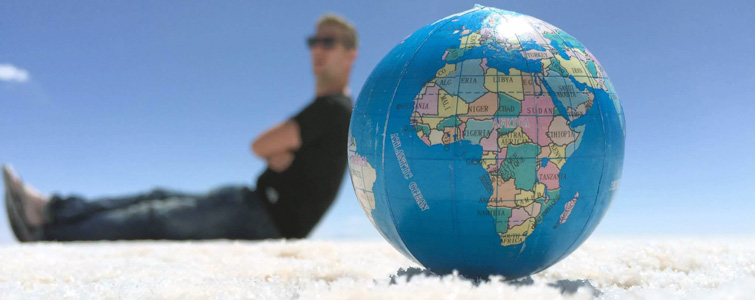

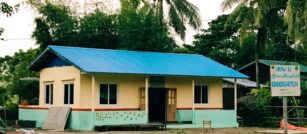
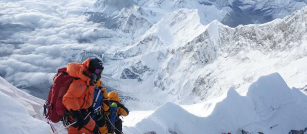
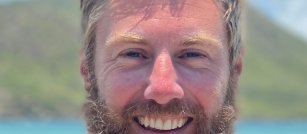



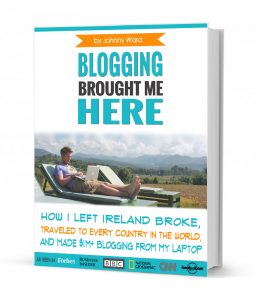 As you know, blogging changed my life. I left Ireland broke, with no plan, with just a one-way ticket to Thailand
and no money. Since then, I started a blog, then a digital media company, I've made
more than $1,500,000 USD, bought 4 properties and visited (almost) every country in the world. And I did it all from my laptop as I
travel the world and live my dream. I talk about how I did it, and how you can do it too, in my COMPLETELY FREE
Ebook, all 20,000
words or so. Just finish the process by putting in your email below and I'll mail it right out to you immediately. No spam ever too, I promise!
As you know, blogging changed my life. I left Ireland broke, with no plan, with just a one-way ticket to Thailand
and no money. Since then, I started a blog, then a digital media company, I've made
more than $1,500,000 USD, bought 4 properties and visited (almost) every country in the world. And I did it all from my laptop as I
travel the world and live my dream. I talk about how I did it, and how you can do it too, in my COMPLETELY FREE
Ebook, all 20,000
words or so. Just finish the process by putting in your email below and I'll mail it right out to you immediately. No spam ever too, I promise!
